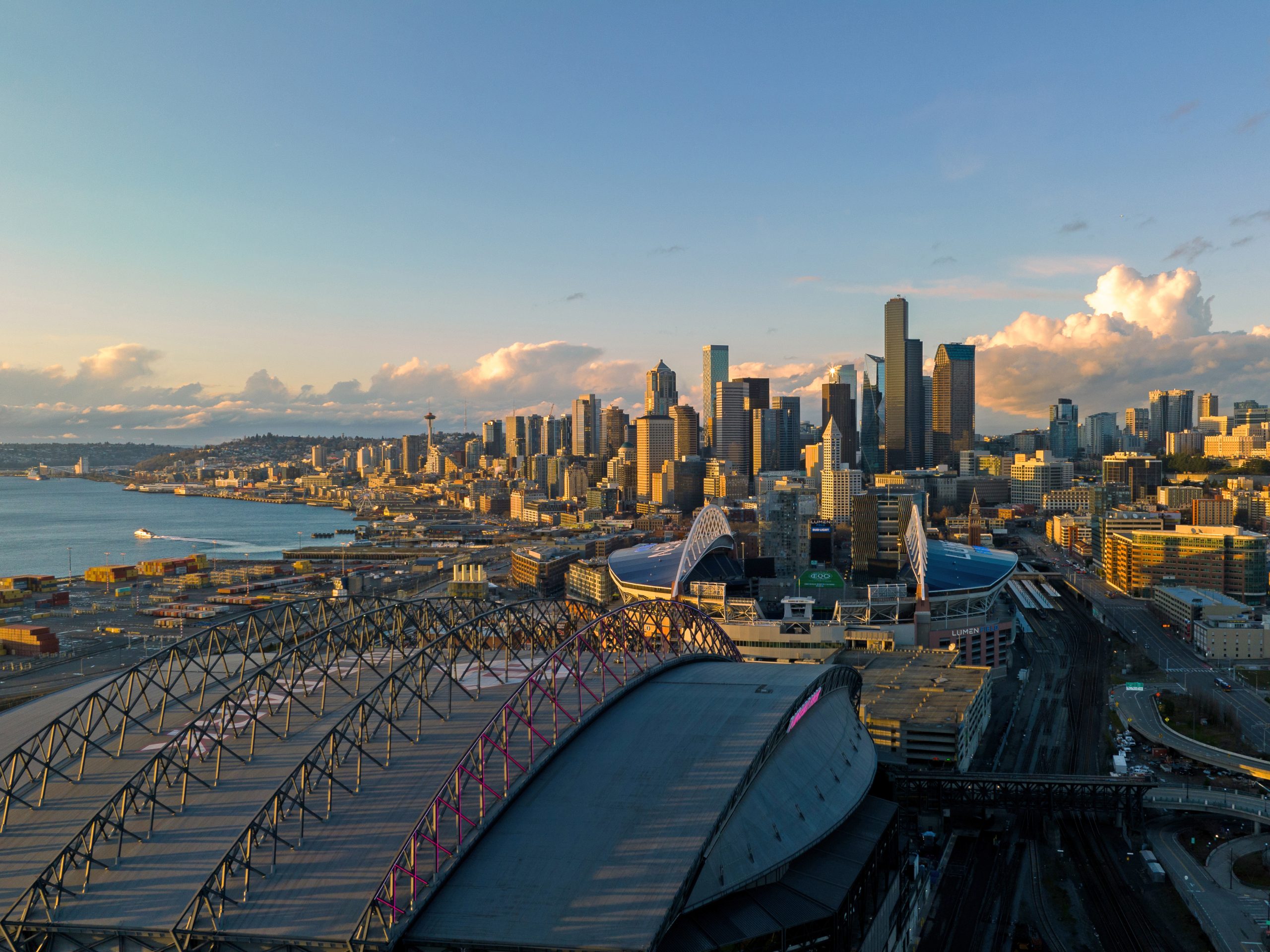News
PSBJ: Eyes on Canada as Seattle hotels grapple with softer demand
Posted on

This article was originally published by the Puget Sound Business Journal on May 4, 2025.
Seattle’s hotel industry softened some in March with a 4% decrease in overall occupancy, Visit Seattle reports.
While the 325,361 rooms sold was was down 4% year over year, it was 7% below March 2019. Revenue hit $63.8 million in March, down 5.5% compared with the year prior and 1.5% below 2019.
Hovering over the weak numbers is the United States’ fraying relationship with Canada. It won’t be possible to gauge the impacts of the trade war for several months. But the early numbers don’t look good, with a nearly 43% annual drop in British Columbia-licensed vehicles heading to the United States, according to a report by the Canadian Broadcasting Corp.
Seattle’s March convention calendar was less robust than March 2024’s, Visit Seattle reported. In addition, there was a 6.7% annual decline in individual travel.
Seattle hotelier Craig Schafer of Hotel Andra and Inn at the Market says the impacts of the trade war are not palpable, “but we know in the future we are going to feel them.”
They already are feeling them at the Silver Cloud Hotel across the street from T-Mobile Park, where the Toronto Blue Jays will play the Mariners May 9-11. Before this year, blue-clad Jays fans were highly visible on the streets of downtown, sometimes outnumbering M’s fans in their home stadium.
“I’m 30% down compared to normal for the Blue Jays weekend,” Silver Cloud Stadium General Manager KJ Roff said Friday. He added that the hotel typically would be sold out by now.
International relations aside, Schafer said business is improving, with revenue back to “a reasonable level” but added higher costs have “crushed” the bottom line. Seattle’s average daily room rate was $196.15 in March, down 1.4% year over year but up 6% from 2019.
Over the last 10 years, the market’s RevPAR, or revenue per-available room increased 8%, said Schafer, while the minimum wage increased 108% as inflation rose 40%.
Street conditions are “materially better but not to where they should be,” Schafer said, with the number of crime reports declining.
The weak return of weekday worker foot traffic continues to hobble the recovery. In March, downtown weekday worker foot traffic hit 101,000, according to the Downtown Seattle Association’s Recovery Dashboard. That was up 12% year over year but still only 60% of March 2019’s level.